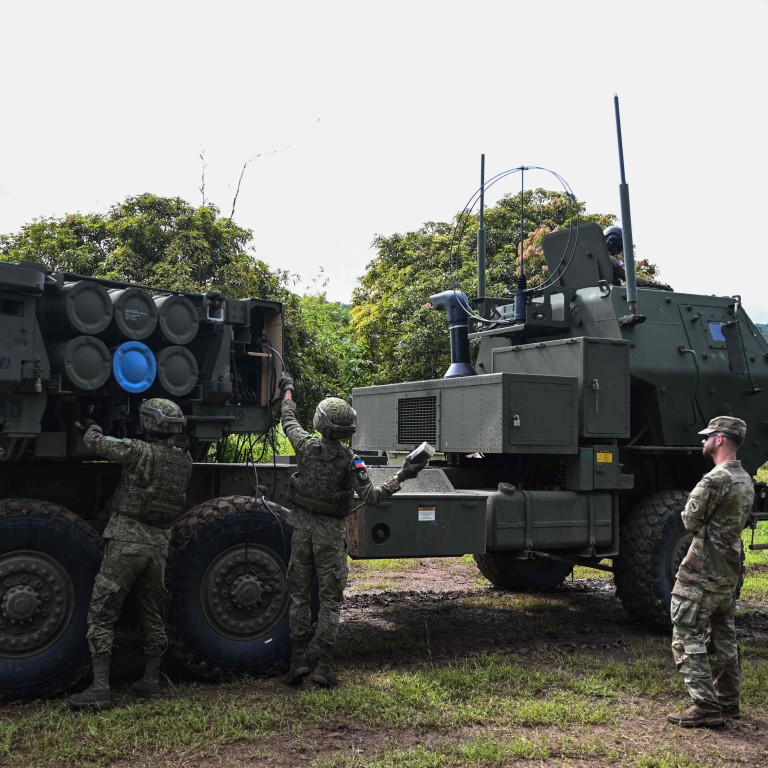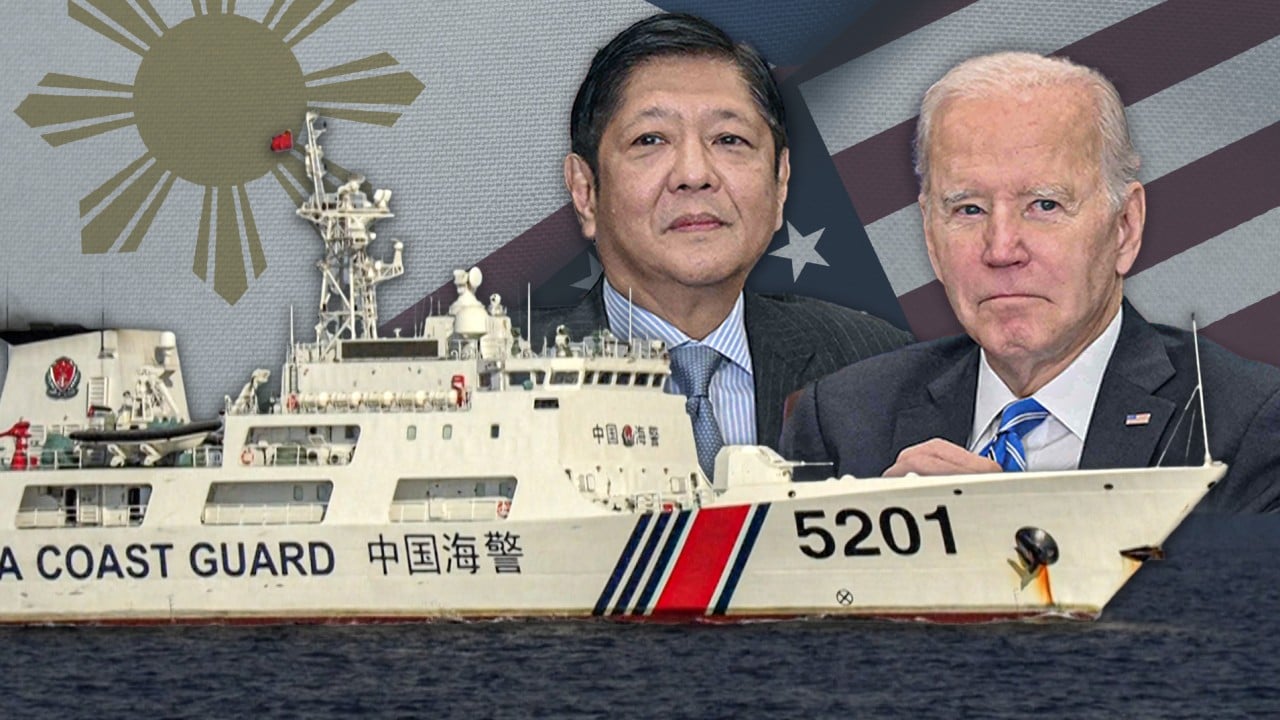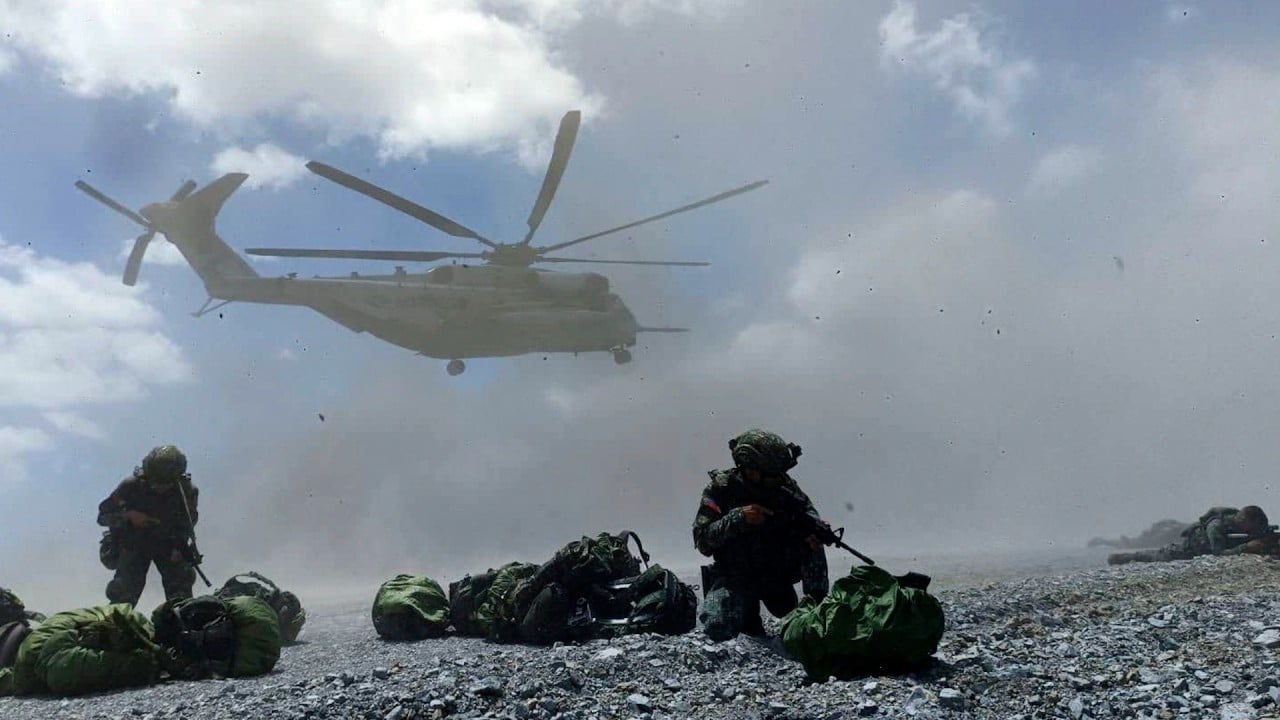
Philippines ‘will be a target’ in event of nuclear war between China and US, analysts warn
- Analysts warn the Philippines faces becoming collateral damage in a potential nuclear showdown between the US and China-Russia-North Korea
“Regardless of [whether it’s an] immediate or direct threat, we are going to be affected,” warned Ramon Beleno III, head of the political science and history department at Ateneo De Davao University in the Philippines. “Even if they just hit Taiwan, because of our proximity … we will be a target.”
Manila allowing the US access to its military camps and to deploy a new missile system in the country were aggravating factors, Beleno said.
His dire assessment underscores the precarious position the Philippines now finds itself in. While Washington’s security guarantees have long offered a deterrent against potential aggressors, they have also placed the archipelago squarely in the cross hairs of a superpower showdown with apocalyptic stakes.
Beleno urged Manila to “refrain from taking sides” in this looming clash of nuclear titans. “If there will be a side for us to pick, it will be the side of peace,” he said. “If you use nuclear weapons, it will not just hit your enemy, it will destroy all of us.”
In the event of a nuclear showdown, China is likely to unleash a barrage of tactical strikes against key military targets across the Philippines such as facilities, runways, and shipyards, said Joshua Espeña, a resident fellow and vice-president of the International Development and Security Cooperation think tank.
“The People’s Liberation Army would likely place decoys on the signals received in the alliance’s intelligence, surveillance, and reconnaissance coverage,” Espeña told This Week in Asia. “So, it is apt for Manila to strengthen ISR, electronic warfare capabilities, air defence systems with enough munitions.”
The challenge, he explained, would be intercepting these tactical nuclear weapons mid-flight, given the limited range of the US military’s Mid-Range Capability (MRC) Weapon System. Espeña urged the Philippine armed forces to bolster their own dedicated air defence systems with robust munition stockpiles and advanced electronic warfare capabilities.
“We cannot rely on the MRC alone,” he said. “The Philippine military must also have its air defence system that has a significant amount of munition stockpile. Moreover, electronic warfare capabilities are essential to disable their targeting capabilities even if they have a range advantage.”
He suggested that the Philippine armed forces might be able to mount an asymmetric response, however, by tapping into the capabilities of the country’s special forces to identify and target key missile launch locations.

The US Typhon missile launcher system was deployed to the Philippines in April for the countries’ annual Balikatan joint military exercises. The Typhon is capable of firing SM-6 anti-aircraft missiles and Tomahawk Land Attack Missiles, with operational ranges of more than 240km (150 miles) and 2,500km, respectively,
The Typhon has remained in northern Luzon to allow Filipino troops to familiarise themselves with the system.
However, the Philippines was unlikely to be a “primary target” in the event of a major conventional conflict between China and the US, according to Chris Gardiner, CEO of the Institute for Regional Security in Canberra, Australia.
He noted that all key US military sites would be potential targets and “prioritised with regard to critical systems function or basing of critical assets” in the event of war. Primary targets would include US nuclear capabilities and command and control that involve intercontinental ballistic missile sites, naval and airbases housing nuclear capable submarines and bombers, and communications and intelligence sites.
“It is not likely that the Philippines is a primary target in that regard,” Gardiner told This Week in Asia. “Interestingly, in terms of countries sharing collective security responsibilities, sites in Australia such as the Pine Gap facilities and the proposed nuclear submarine base in Western Australia would be targeted.”
However, he emphasised that the deployment of the powerful US Typhon missile system to the Philippines would be a critical deterrent against Chinese aggression in the country’s territorial waters. And should deterrence fail, the advanced capabilities of the Typhon would be pivotal in helping the Philippines prevail in any major conventional escalation, Gardiner said.
He said Manila faced two questions in regards to its defence policies and capabilities. The first is how to effectively deter China from utilising its military power in disputes with the Philippines – including determining the best strategies for managing any potential grey-zone conflicts or conventional escalations should deterrence fail, and how partners like the US, Japan and Australia can assist.

The second challenge is determining to what extent the Philippines should reciprocate the support it receives from these partner countries.
“I think the Marcos administration is right in thinking, for example, that its EDCA with the US is a prudent answer to both,” Gardiner said.
She said 25 areas in the country had been targeted in the plans she saw, including the island of Batanes and Subic in Zambales, where new Brahmos missiles systems have been deployed, and the Ilocos region, the venue of the annual Balikatan joint military drills.
Senator Marcos expressed concern that Washington could not prevent such attacks and argued that China was targeting the Philippines because of its growing military ties with the US.
The Philippines and the US are bound by their 1951 Mutual Defence Treaty obliging them to come to each other’s aid in the event of an external attack. Washington has repeatedly reaffirmed its “ironclad” commitment to this treaty.
Gardiner said it was important for Filipinos to understand that the major conflict scenarios currently being considered by the US, Japan, and Australia involve these nations joining Philippine military action to defend the country’s sovereignty.
“Should conflict escalate to a major conventional clash, the MRC systems would be very important, but likewise, they would be targeted, as would any system or site critical to conventional victory,” he said.
China would have developed its own assessment of potential conflict scenarios, and Gardiner said those plans could involve defeating the Philippines in any military conflict over current territorial claims.
“That involves a clash of claims and interests between China and the Philippines and does not arise from growing ties with the US. Growing US engagement with the Philippines in its defence actually complicates Chinese planning in that regard and acts as a deterrent,” he said.


